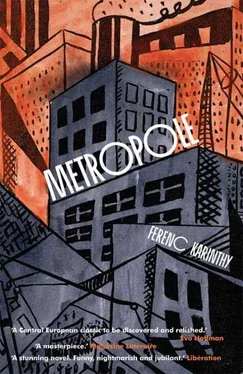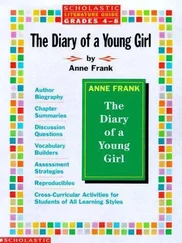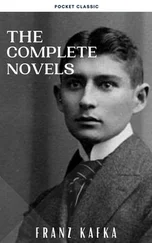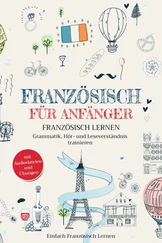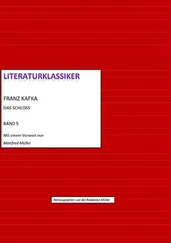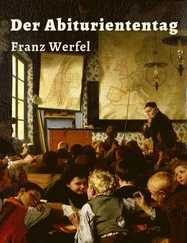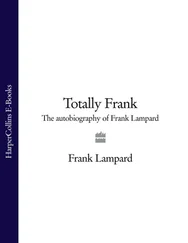He turned one of the folds over to see what lay there. It contained a dense body of text in various colours and sizes but it was not immediately apparent which of them was the most important, that is to say, the town or district. For even the words in the biggest font might have meant a range of things such as New, or Latest, or Map, or perhaps Cartographic Office. This or that word might be the name of the company, the street, the number of the building, or simply Welcome! or Greetings! or Be Our Guest! or maybe even, Happy New Year, or whatever else could or might be printed on such a document. They could have been advertisements for beer or vermouth or chocolate or perhaps for a restaurant or a hotel… The letters, legends and numbers on the map itself were tiny and covered every millimetre of every street: he’d have needed a magnifying glass to see them clearly. The thought was so daunting he didn’t even want to begin.
He turned to the saleswoman instead and tried, by miming, to get her to point out the name of the city on the map or where the hotel was or, if they did not appear on the map, to direct him to one where they did. But the woman was already looking at him rather crossly, no doubt thinking him picky, intrusive or attention-seeking while others were requiring her attention at the desk. However he tried she was unwilling to engage with him but simply grumbled something and waved him away. Even when Budai rattled his change at her and asked the price of the map she took some persuading to write down the figure 12 on a scrap of paper. Budai paid up and quickly left, mumbling and cursing at the cost.
Having cooled down, he started to wonder whether a map would really be useful. He couldn’t even be certain that the map was of this town, and if it was, of which district. Were the effort and expense worth it? Would they help him achieve his aims? Would they, in any case, be the most direct way of achieving them? Wasn’t there a quicker, more effective, more productive way? Nevertheless he returned to his room to begin a proper, thorough examination, making best use of modern scientific method and his own expertise. He was determined to employ the tools he had to hand, combining them to maximum effect to decode the local language and whatever variants of it existed.
Since arriving Budai had often regretted that he had paid such little attention to the history of writing and even less to cryptography. He had specialised in etymology, the study of the origin of words. However, he now recalled that, as a child, he had read Jules Verne and that Verne gave various accounts of the deciphering of secret messages. In Mathias Sandor it is a grid that helps solve the case, in Journey to the Centre of the World it is the principle underlying a certain rearrangement of a set of letters. More recently, in reading of the two world wars, he had learned that the secret services had developed mathematical and statistical models to produce perfect decoding systems capable of deciphering any given enemy message. Any code, even the most convoluted, was breakable by such methods. The code-breakers were working with languages they knew, of course, languages that had been merely disguised and reordered; that was why they could come up with the keys required to unlock the text. Budai, on the other hand, was faced with a language utterly unknown to him so that even if he succeeded in reading it he would not be able to make sense of it.
It was true that the ingenuity and patience of historical researchers had managed to solve even puzzles of this sort, and not only in the cases already mentioned when they were dealing with a range of languages. There were, for example, two great pieces of scientific bravura this century, the decoding of Hittite script and of the Cretan so-called Linear B, both from the all-but-unknown scripts of hitherto unknown ancient people. Nevertheless the qualifier all-but had offered a starting point, the slightest of nudges enabling scholars to take a first step. The clay tablets of the Hittites contained a good number of ideograms that could be identified with those in the earlier-deciphered Babylonian script. And the solver of Cretan Linear B, the English scholar Ventris, was able to employ these correspondences — clearly verifiable after some examination — by checking them against the long-solved runic of Cyprus. So one thing led to another and, after various speculations and combinations, this first selection of sound-equivalent syllable-characters made possible the working out of the rest. In other cases scholars had good reason to assume the recurrence of certain proper nouns in the various texts, such as the names of ancient Knossos and Amnisos on the Cretan tablets: that was a decisive element in their success.
Budai’s task was made still more difficult by the lack of any single recognisable character or any related script on which he might base a working theory. Not that he could actually conjure up memories of the various, mostly long-disused runes he had never properly studied. He had no hypothesis, nothing tangible, not a word or a name that could serve as a faint guiding light. But shouldn’t there have been one somewhere?
In determining the nature of a text the first consideration must be the number of characters used. Systems where a single word represents a concept tend to have a great many: Chinese, for example, supposedly employs 50,000 of them. Systems using syllables would, naturally, need fewer. The previously mentioned Ancient Cretan uses eighty-nine, Cypriot script forty-four, modern Japanese 140. Systems that rely on individual letters, like modern European ones, require even fewer; English has twenty-six, Russian thirty-two, French twenty-two, and so forth.
So he set about scribbling down as many characters as he could find in the book. These quickly exceeded a hundred without showing any sign of running out. Did that mean the script employed syllables? Individual groups of characters seemed too long for that. Was each character a word? He carried on working but his collection of signs seemed ever more difficult to sort into groups and examine. He started to wonder whether he had written out the same thing several times.
Having got to number 237 he lost hope of ever coming to an end and gave up. Now he tried another way, picking out characters at random and making quick improvised calculations to work out what characters occurred most or least frequently. Assuming that there tended to be fewer vowels than consonants, there should be more of the former. In Hungarian, for example, the commonest letters were e and a, followed by t, s, n, and l, the least common being x, q, and w. It would be different for different languages of course. The only problem was that if it turned out to be syllabic script each character was bound to comprise at least one consonant and one vowel and then all his efforts would be in vain.
Another question occurred to him. Did this language contain articles as Ancient Greek, Arabic, Hebrew, English, German, Italian, Spanish — and a variety of other languages — did? Because, if it did, he could use that as a starting point. Better still, it would be easier to detect such things in written text than in speech where the sound of the article might merge with the sound of the noun. The way the blue-uniformed lift girl pronounced her name on the eighteenth floor might have been a clue: it sounded longer the second time, Etyetye, Pepepe or whatever. Might there have been an article there? That e, pe or tye ? And how might it be written? If he could discover that, he would have one or two letters that he might be able to read, even if only as ancillaries.
That was what he looked for now: short, identical or similar words that might be assumed to appear at the head of longer rows of words, at the beginnings of sentences or paragraphs, for example. But however he leafed through the newspaper and the newly acquired book, he found few such characters and even when he did discover some that seemed to resemble each other, they comprised five or six characters at least, which seemed to suggest that they were not articles. There was a group that might perhaps have served as such, a little word that did recur and consisted of two characters only but invariably it turned up at the end of paragraphs and at the end of certain chapters or short stories. He remembered that in Romanian, Bulgarian, Albanian and Mordvine an end-sign took the place of the article — could that be the case here? Or might there be no articles at all, as in Latin, Finnish, Chinese or the Slavonic languages? This little closing word might be the equivalent of a phrase or utterance such as the Latin dixi , or the uff, familiar from Indian novels.
Читать дальше
